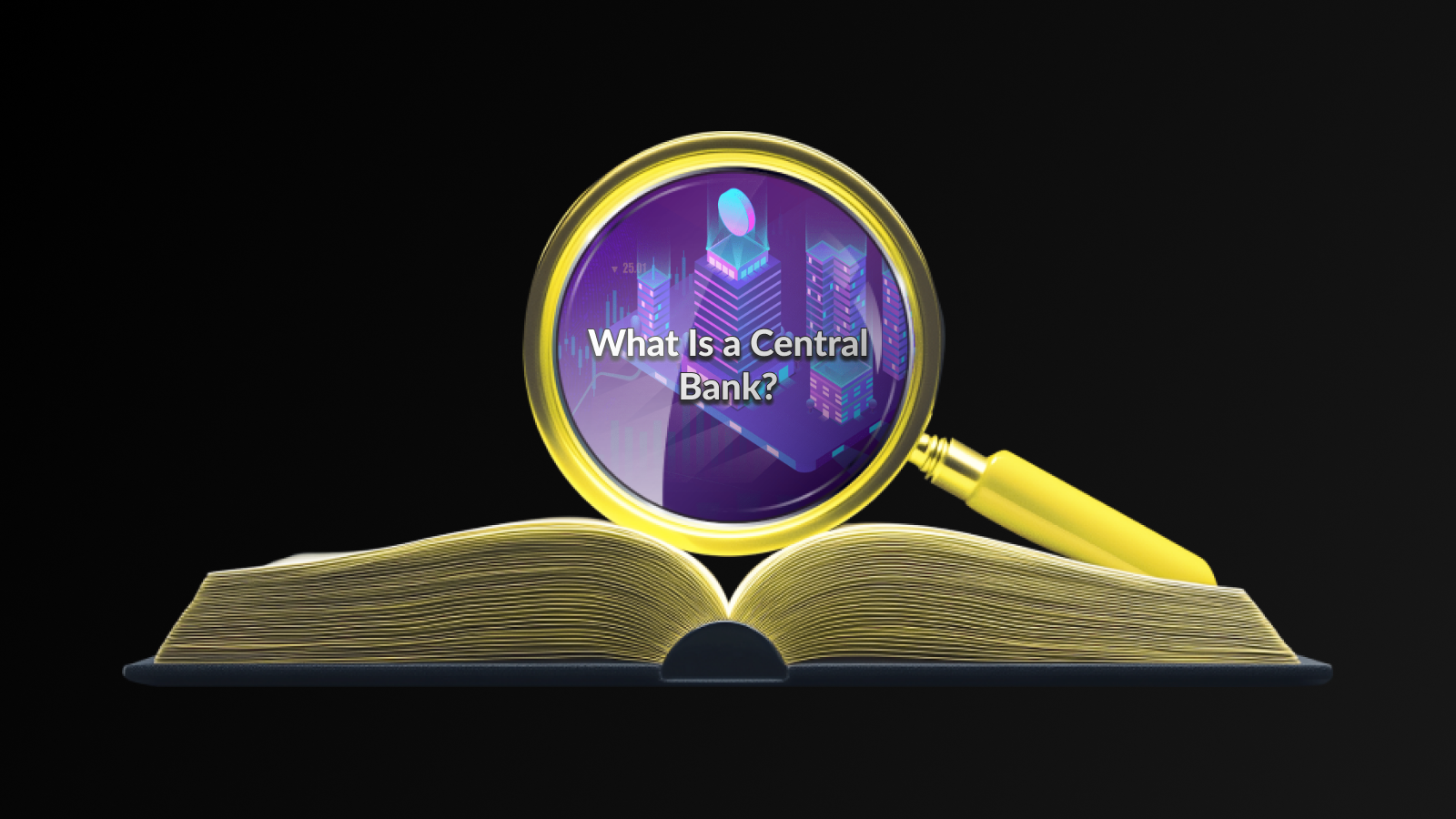How CeFi Works
CeFi, or Centralized Finance, operates through a centralized system where financial services are provided by intermediaries, typically centralized exchanges or financial institutions. These platforms allow users to trade, lend, and borrow cryptocurrency while maintaining custody of their assets. In essence, users trust these intermediaries to manage their funds, which creates a user-friendly experience in the complex world of digital finance.
When individuals engage with a CeFi platform, they usually start by creating an account on a centralized exchange. This process involves completing identity verification and possibly setting up additional security measures, such as two-factor authentication. Once their account is set up, users can deposit funds, enabling them to buy or sell cryptocurrencies quickly with liquidity provided by the platform.
Additionally, many CeFi platforms offer various services, including staking and savings accounts, where users can earn interest on their cryptocurrency holdings. In this way, CeFi can resemble traditional banking services, promoting ease of use and accessibility for those new to the crypto space.
However, this centralized model also means that users must rely on these platforms to safeguard their assets. Therefore, it’s essential to choose reputable and well-secured services to minimize risks, which will be discussed further in the article. Ultimately, the workings of CeFi pave the way for both novice and experienced users to interact with the decentralized financial landscape while enjoying the comforts of familiar finance mechanisms.
Benefits of CeFi
CeFi, or Centralized Finance, offers a variety of advantages that appeal to both new and experienced users in the cryptocurrency space. Here are some of the key benefits:
- Ease of Use: CeFi platforms typically feature user-friendly interfaces, making it simple for anyone to navigate and utilize their services. This lowers the barrier to entry for newcomers who may find decentralized platforms daunting.
- High Liquidity: Centralized exchanges and financial services usually have greater liquidity compared to their decentralized counterparts. This means that transactions can be executed more quickly and with less price volatility.
- Robust Security Measures: Many CeFi platforms invest significantly in security protocols and insurance mechanisms to protect user assets. This can provide users with peace of mind compared to less regulated alternatives.
- Access to Advanced Financial Products: CeFi platforms often offer a wider range of financial products, such as staking, margin trading, and loans, enabling users to engage in more complex financial strategies.
- Regulatory Compliance: CeFi services are generally subject to local laws and regulations, which can enhance consumer protection and helps to ensure that users are treated fairly.
Overall, the centralized nature of these services can make them an attractive option for individuals looking to engage with cryptocurrencies while benefiting from established security and financial solutions.
Drawbacks of CeFi
While CeFi (Centralized Finance) offers various advantages, it also comes with its own set of drawbacks that users should be aware of. Understanding these disadvantages helps individuals make informed decisions about whether to engage with CeFi platforms.
1. Centralization Risks
One of the primary concerns with CeFi is the centralization aspect. Users must place their trust in a central authority to manage their funds, which can lead to increased risks of mismanagement or fraud.
2. Lack of Control
In a CeFi environment, users typically do not have full control over their assets. This means that when funds are held with a centralized entity, users might face restrictions on withdrawals or even experience delays in accessing their assets.
3. Regulatory Compliance
CeFi platforms are often required to comply with various regulatory standards. While this can increase security, it may also limit the types of services and products they can offer, potentially stifling innovation within the space.
4. Security Vulnerabilities
Though CeFi platforms strive to implement security measures, they remain attractive targets for hackers. High-profile breaches can lead to significant losses for users, shaking confidence in these platforms.
5. Fees and Costs
Many CeFi platforms charge fees for their services, which can add up quickly, especially for frequent transactions. This may not only impact profitability for traders and investors but could also deter casual users.
While CeFi presents considerable opportunities and benefits, users must carefully weigh these drawbacks against their needs and risk tolerance before engaging with any centralized finance platform.
Popular CeFi Use Cases
CeFi, or Centralized Finance, encompasses a wide range of financial services that utilize centralized intermediaries to provide functionality similar to traditional finance. Here are some of the most prominent use cases for CeFi in today’s digital finance landscape:
- Exchanges: Centralized exchanges (CEXs) such as Coinbase, Binance, and Kraken facilitate the buying, selling, and trading of cryptocurrencies. These platforms simplify the process for users and offer advanced trading tools.
- Lending and Borrowing: CeFi platforms like Block Fi and Celsius allow users to lend their cryptocurrency for interest or borrow against their holdings. This creates opportunities for earning passive income or accessing liquidity without selling assets.
- Staking Services: Various CeFi platforms provide users with staking options, allowing them to earn rewards by participating in the network of a particular blockchain while enjoying a user-friendly interface.
- Payment Solutions: Companies like Bit Pay offer services that enable merchants to easily accept cryptocurrency payments through a centralized system, making it easy for businesses to adapt to digital currencies.
- Insurance Services: Some CeFi platforms provide insurance products that protect user assets against theft or loss, providing added security in the digital finance space.
These use cases illustrate the significant role that CeFi plays in enabling individuals and businesses to engage with digital assets in a more manageable and accessible manner.
The landscape of CeFi (Centralized Finance) presents various risks that participants should be aware of before engaging in its services. One of the main concerns is the reliance on centralized entities, which can lead to potential failures or mismanagement. If a CeFi platform experiences technical issues or breaches, users may find their assets compromised or inaccessible.
Another significant risk is regulatory uncertainty. As governments and regulatory bodies continue to develop frameworks for cryptocurrency and decentralized finance, CeFi services may face sudden changes in compliance requirements, potentially affecting users’ investments and operational continuity.
Additionally, the risk of fraud cannot be overlooked. While there are genuine CeFi platforms, the proliferation of scams in the cryptocurrency space means individuals must exercise due diligence. Engaging with unverified platforms can lead to significant financial losses.
Market volatility can heavily impact users who engage in trading or investing through CeFi services. Sudden price swings can result in substantial gains or losses, heightening the risk associated with such financial activities.
Frequently Asked Questions
What does CeFi stand for?
CeFi stands for Centralized Finance, which refers to financial services that are managed by centralized entities like banks or financial institutions.
How does CeFi differ from DeFi?
CeFi differs from DeFi (Decentralized Finance) primarily in its reliance on central authorities to manage finances, whereas DeFi operates on decentralized platforms using blockchain technology.
What are the advantages of using CeFi?
Advantages of CeFi include user-friendly interfaces, customer support services, and a sense of security provided by regulatory compliance.
Are there any risks associated with CeFi?
Yes, risks include potential asset management issues, vulnerability to hacks, and the possibility of regulatory changes affecting services.
Can you give examples of CeFi platforms?
Examples of CeFi platforms include well-known services like Coinbase, Binance, and Kraken, which offer trading, lending, and investing options.
How does one get started with CeFi?
To get started with CeFi, users typically need to create an account on a CeFi platform, complete verification processes, and then fund their account to begin trading or investing.
Is CeFi regulated?
Yes, CeFi is generally subject to regulations in the jurisdictions where it operates, aiming to protect consumers and maintain the integrity of financial systems.
Disclaimer
The information provided in this article is for educational and informational purposes only and should not be considered financial advice. While CeFi platforms offer various services and products, including lending, borrowing, and trading, users must conduct their own research and exercise due diligence when engaging with these services.
Investing in cryptocurrency and CeFi products involves risk, and you should only invest what you can afford to lose. Regulatory environments are constantly evolving, and the operations of CeFi platforms may vary significantly from one jurisdiction to another. Ensure compliance with local laws and regulations before engaging in any activities related to CeFi.
Furthermore, your individual financial situation may impact the appropriateness of using CeFi. It is recommended to consult with a licensed financial advisor to assess your investment goals and risk tolerance before making decisions pertaining to CeFi or any other financial products.





